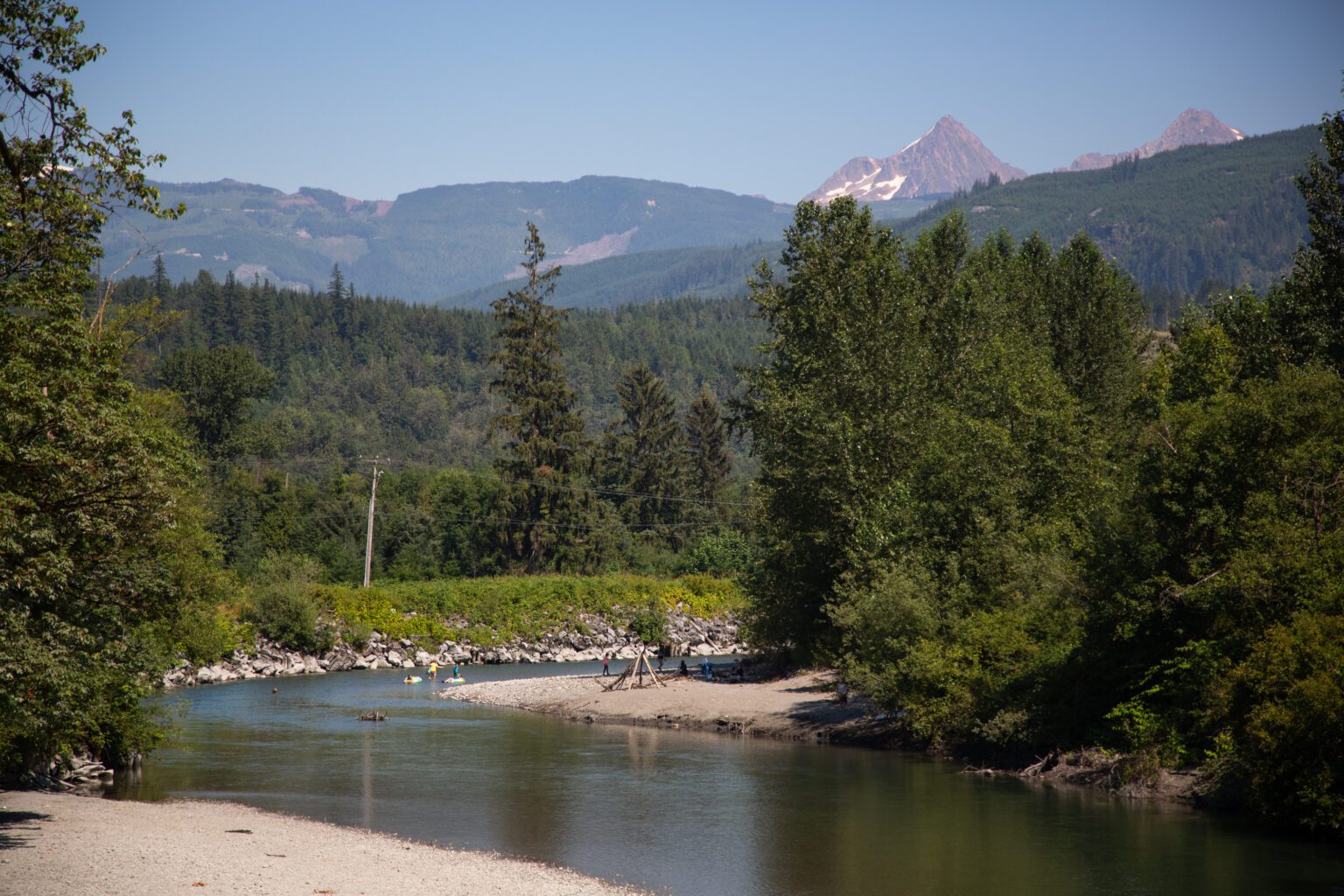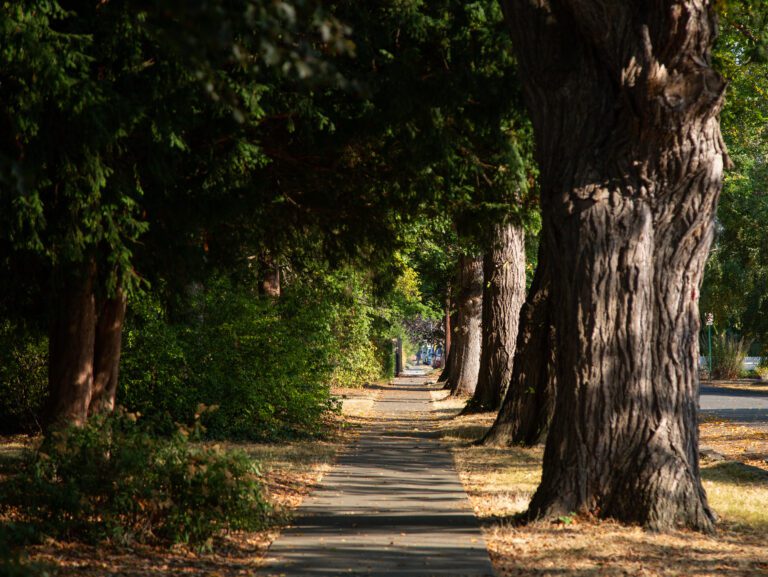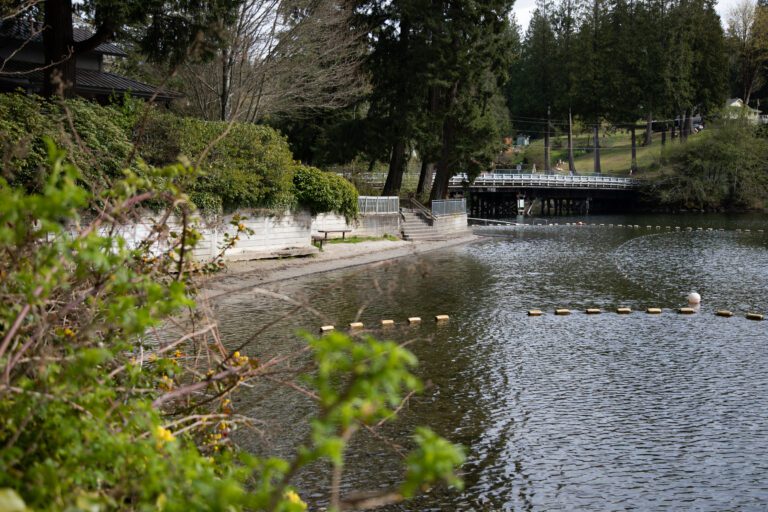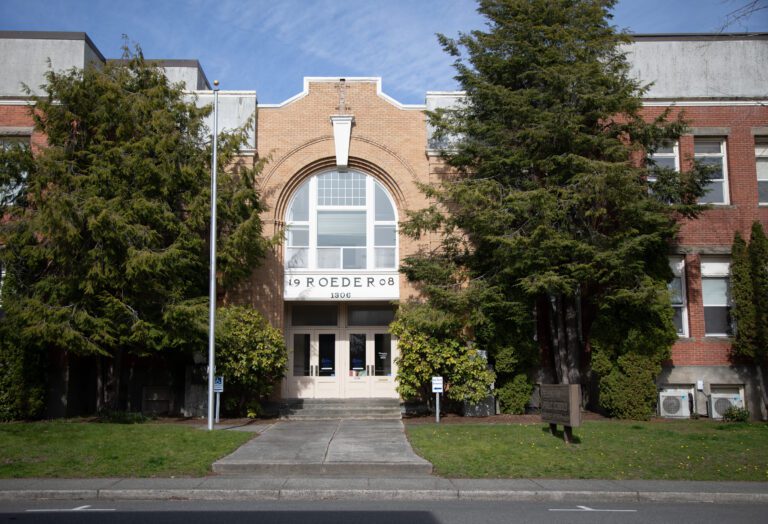Whatcom County is moving forward with its long-planned “integrated floodplain reconnection” project along the South Fork of the Nooksack River near Acme, thanks to an almost $3 million infusion from the state Legislature.
The project, which involves about 700 acres of land acquisition, will help support and repair salmon habitat, remove hundreds of feet of historic levee along the left bank of the river and provide space for “selective logging” for the local timber economy, said Chris Elder, the senior watershed planner in Whatcom County’s natural resources department,
“It’s going to support improvements to both watershed health and some of the salmon recovery efforts underway,” Elder explained in early May. “We’re always trying to thread that needle of how do we restore environmental processes and yet still retain some of that active management and contribute to the local timber economy.”
The project, Elder said, includes two separate land acquisitions, including about 550 acres of the Stewart Mountain Community Forest area currently owned by the Whatcom Land Trust. When the land trust purchased the acreage from a private owner last year, the county secured a conservation easement over the region, prohibiting future development along the south fork of the river near Acme.
The Stewart Mountain initiative, supported by the county, is an ongoing environmental project to convert more than 5,000 acres of forest into a “community forest,” balancing public recreation, conservation and commercial use.
The new floodplain project, Elder said, will help with that balance by restoring fish habitat in the Nooksack River, reconnecting floodplains and improving forest management in the region. It will also improve historically poor water quality and water quantity during the hot, dry season.
“Anything that addresses both water quality – largely water temperature and sediment – or any projects that enhance water quantity are high priority in the south fork basin,” Elder said. “These projects, with the floodplain reconnection and the improved forest management, have the potential to impact both those water quality and water quantity parameters.”
The south fork of the Nooksack River is a historic chinook salmon breeding ground, though water quality and quantity in the region have created challenges for salmon trying to spawn during low flows. Because of the declining salmon populations, the project was considered a “high priority” for the Puget Sound Acquisition and Restoration Fund, which provided the money for the project through the state Legislature.
Project partners like the Nooksack Indian Tribe have been conducting and planning for significant instream restoration work, including removal of old levees and riprap — loose stone used to protect shoreline structures — and engineered logjam development along the stretch that Whatcom County plans to acquire.
“Our ownership will support some of that,” Elder said May 5. “The tribe has been working on a lot of restoration work, engineered logjams and other efforts.”
Local environmental nonprofit RE Sources celebrated the project, calling it “good news for the fish and people who call the South Fork home.”
“This project is really cool, because it’s trying to integrate fish habitat restoration and floodplain restoration, which will both benefit salmon populations and people at the same time,” said Alexander Harris, the land and water policy manager at RE Sources. “You’ve got the land trust, the county and the Nooksack Tribe all working together, kind of integrating these different processes.”
County leadership hopes to have some of the planning up and running this summer, Elder said, though restoration may take some time.
“It’s an exciting time, just to see the county investing in some of these on-the-ground solutions,” he said. “This is a fresh approach for the county, and we’re still learning as we go, but we’re on a good track.”




